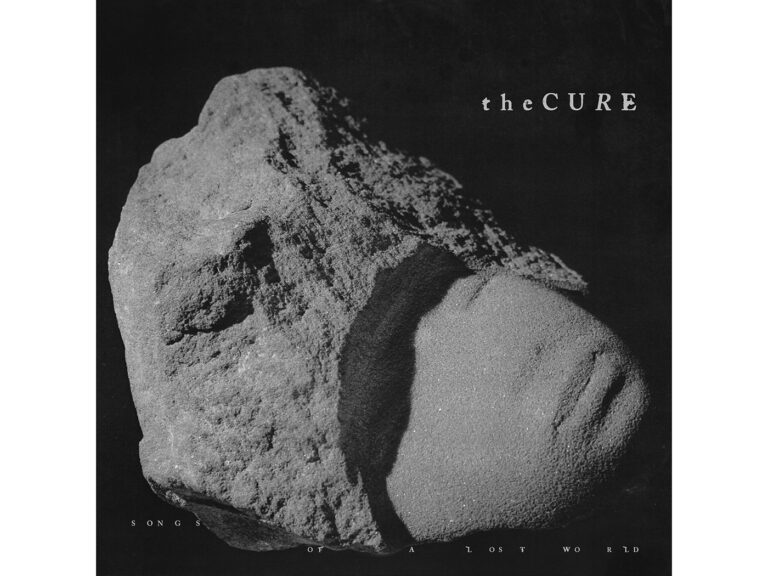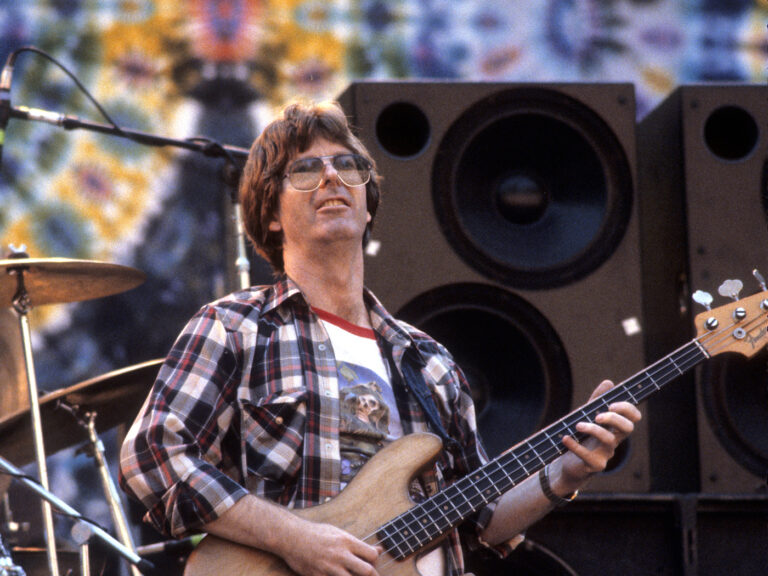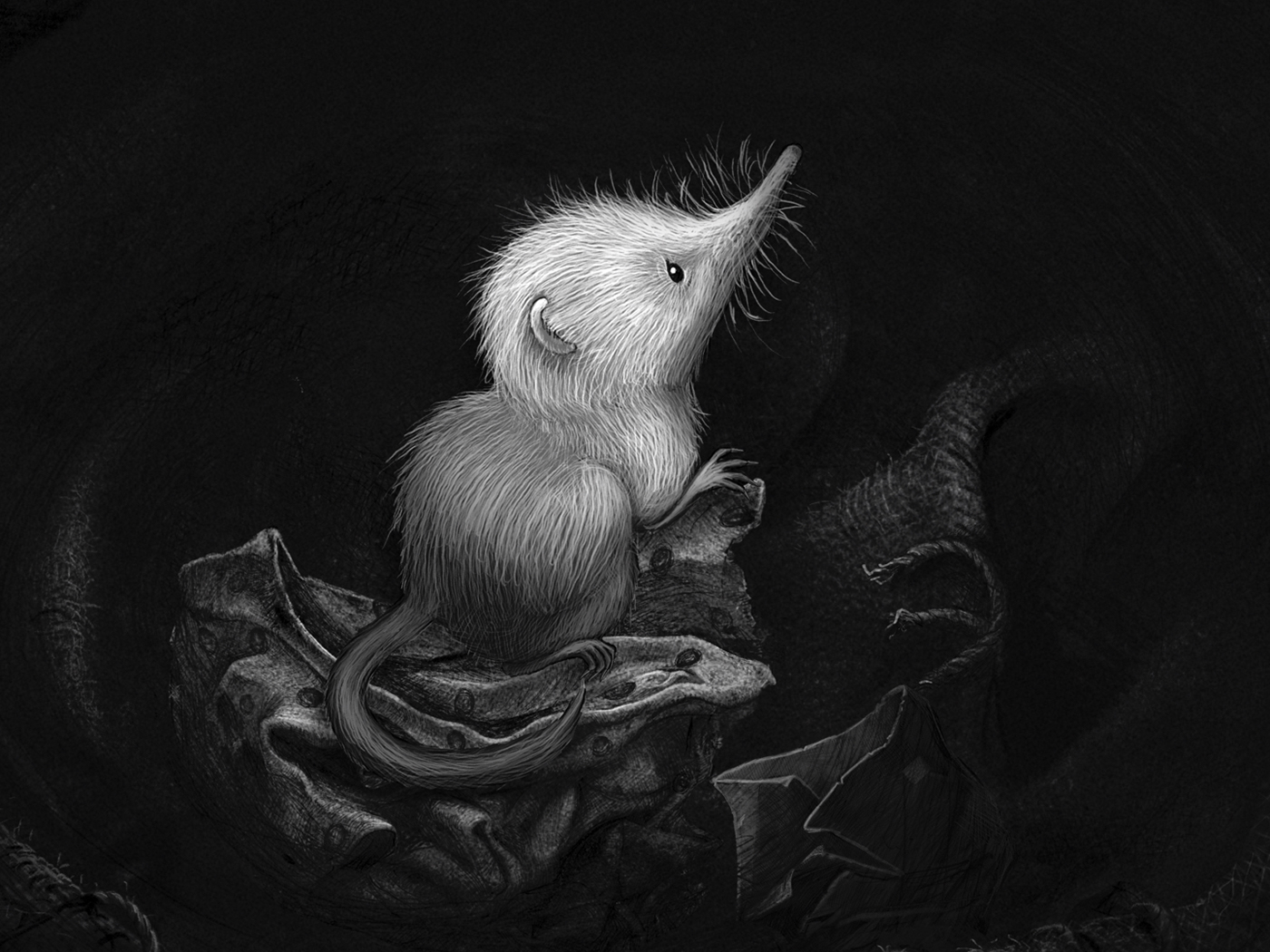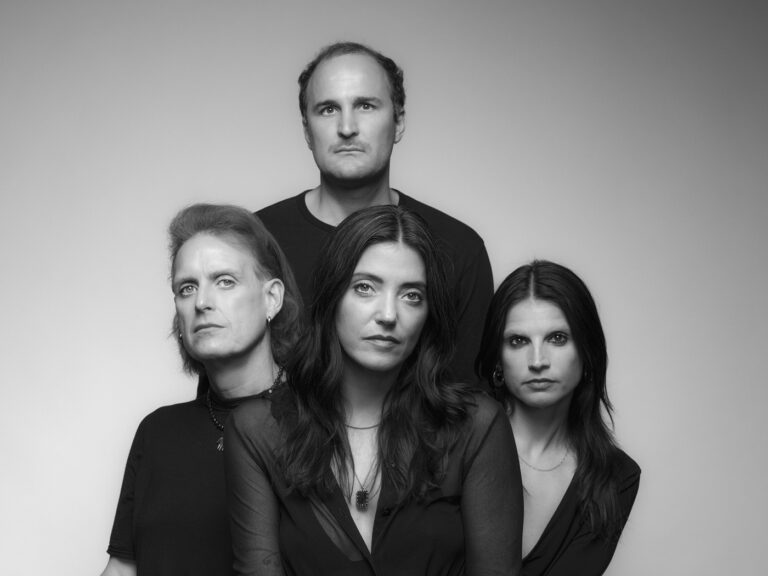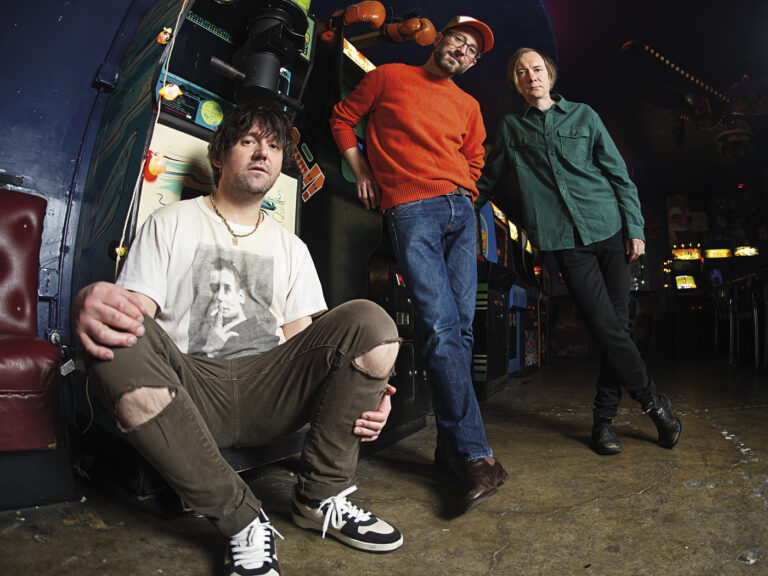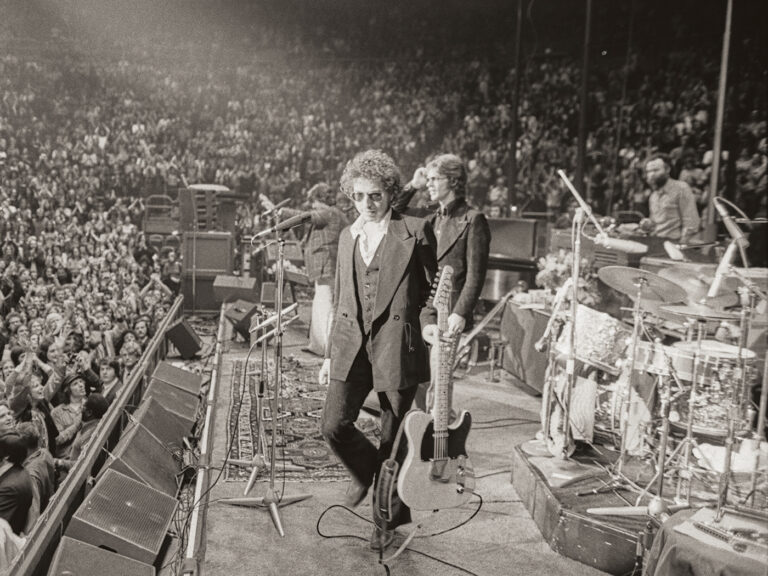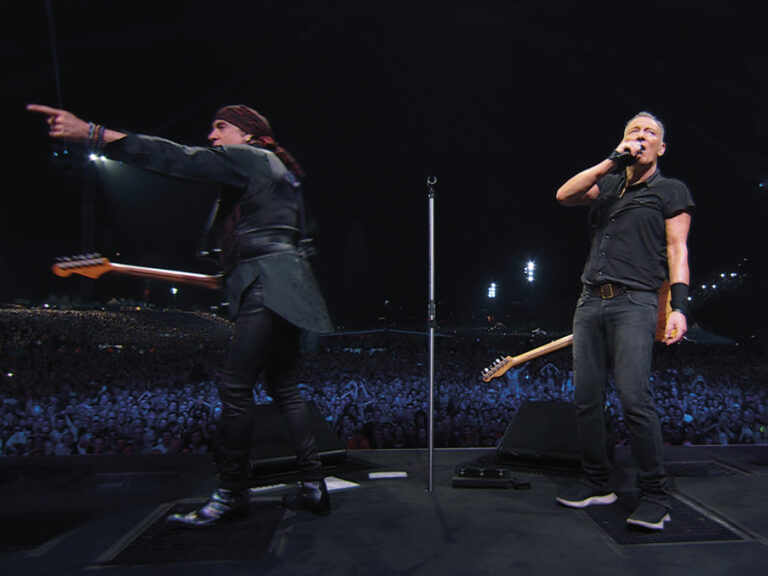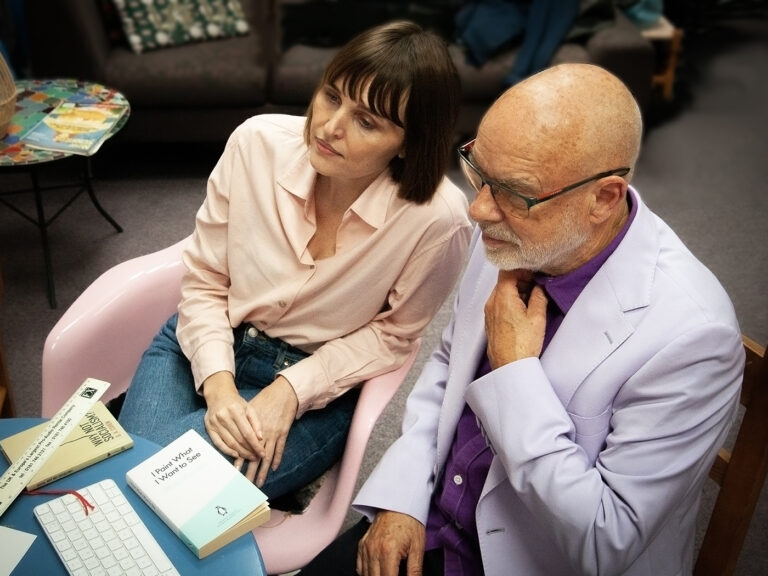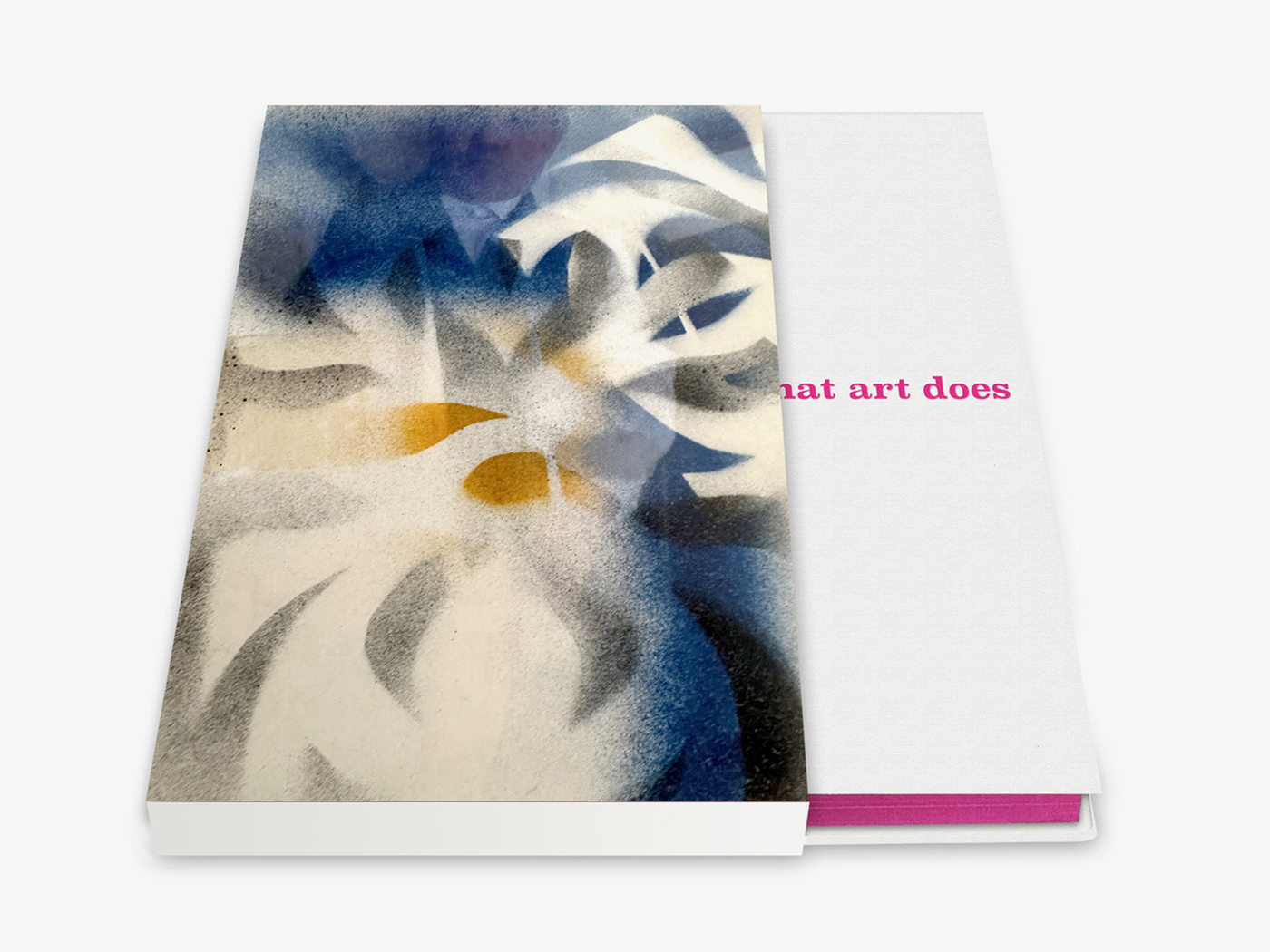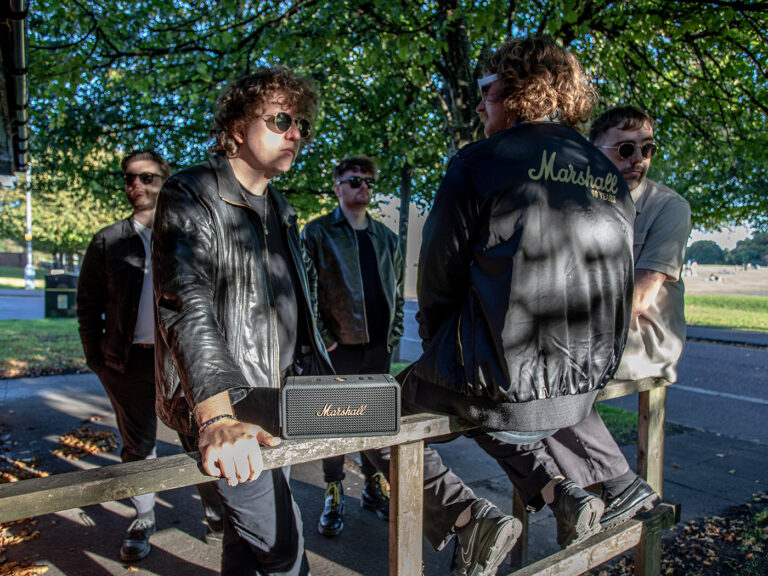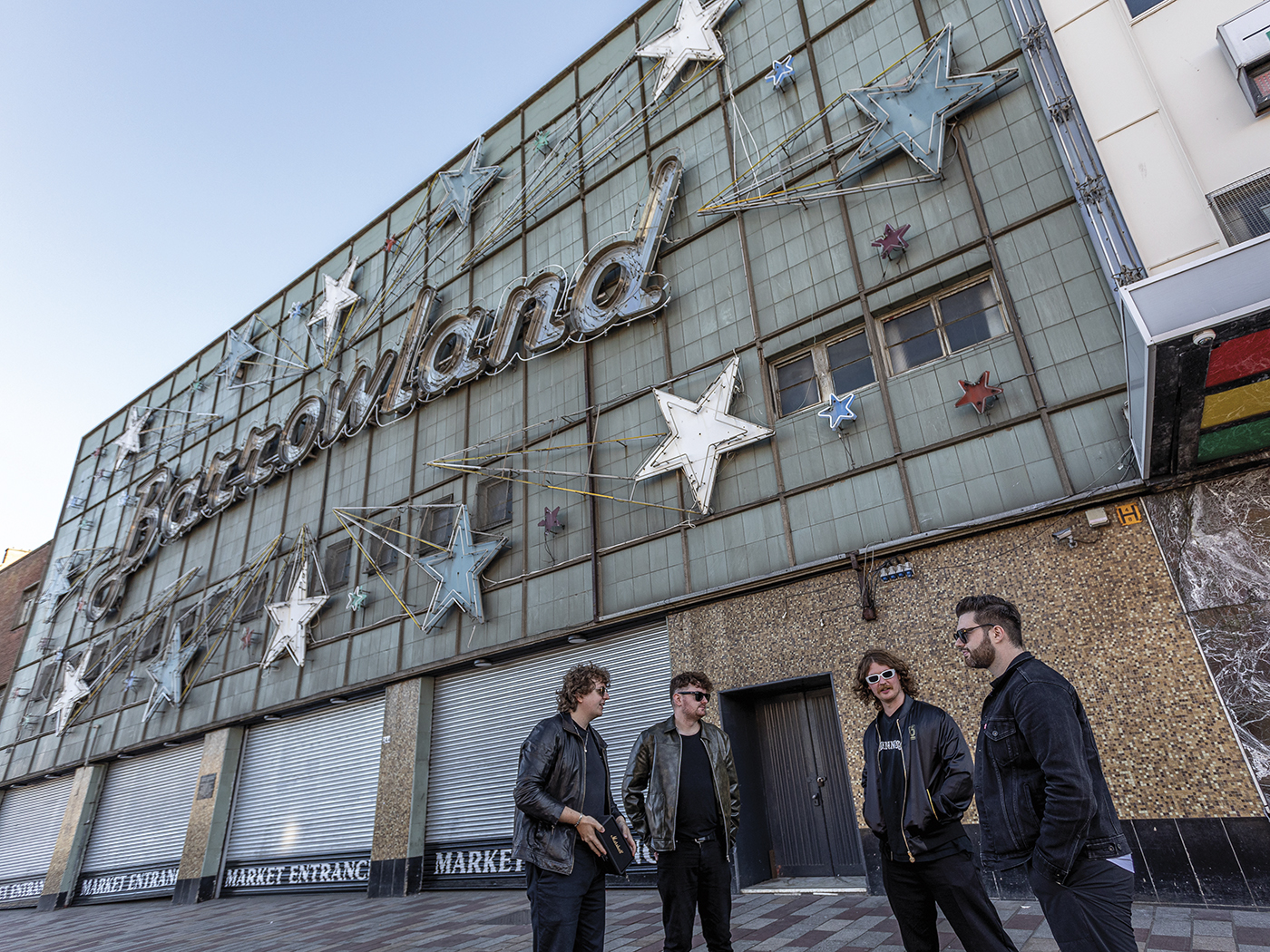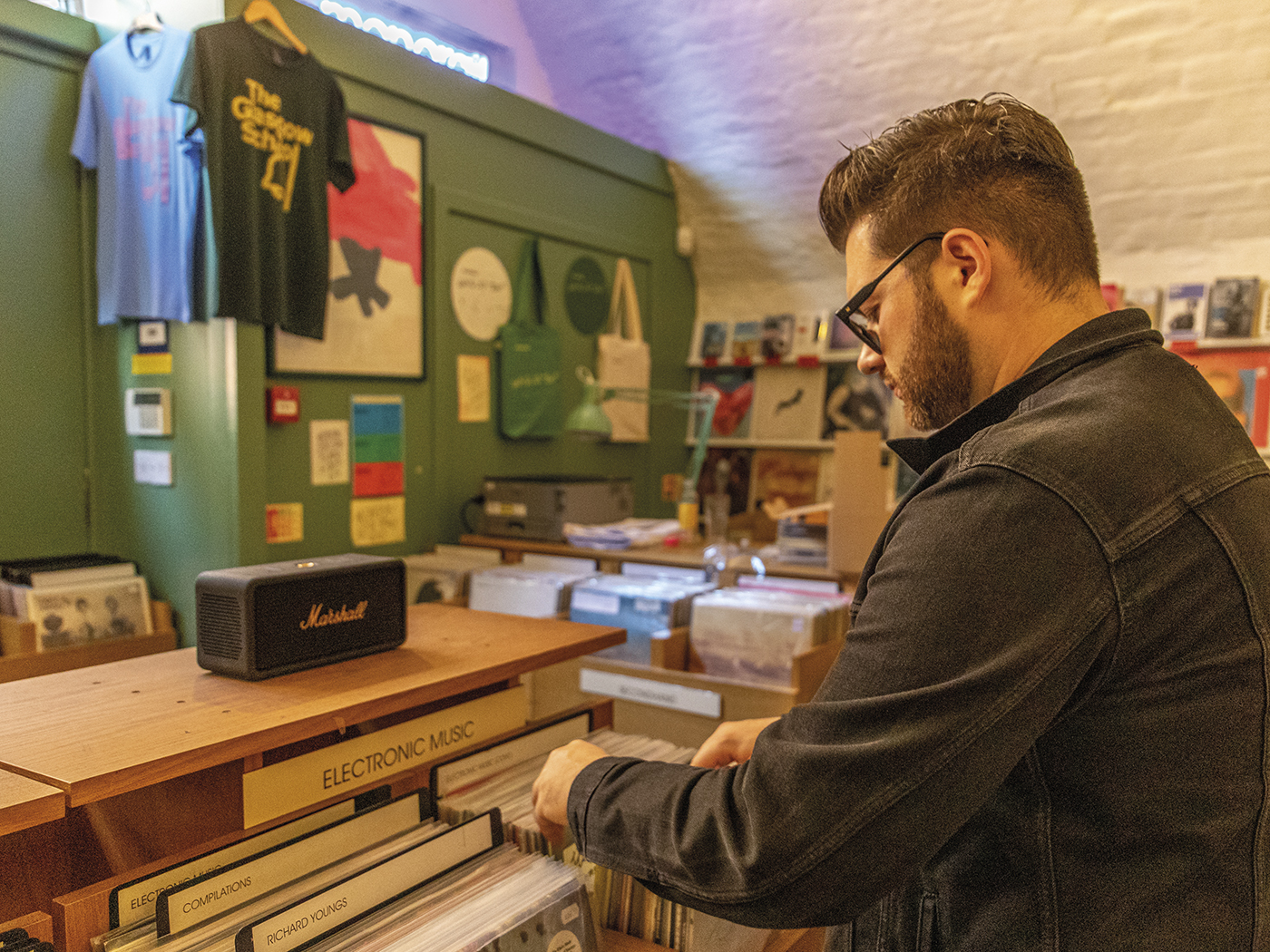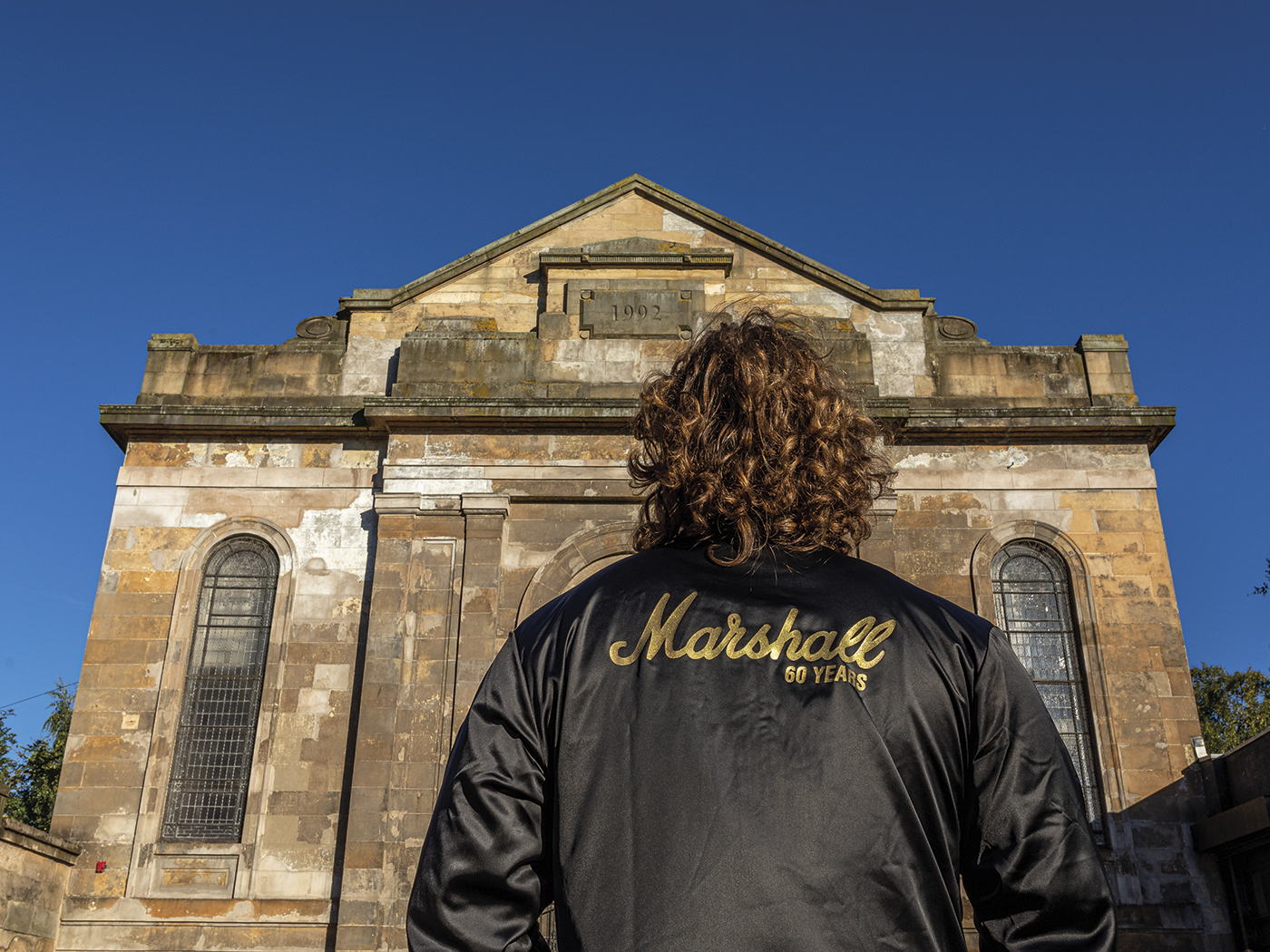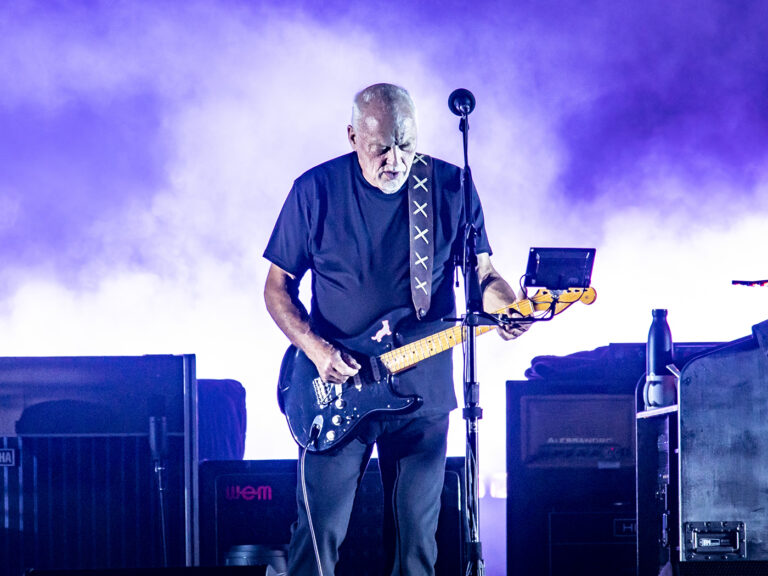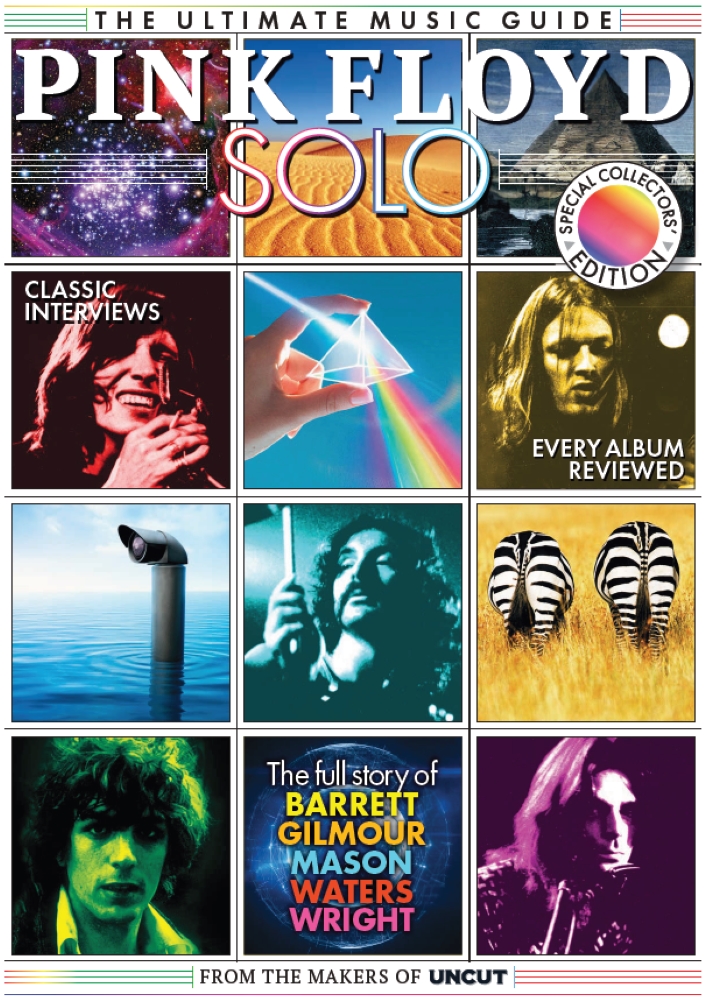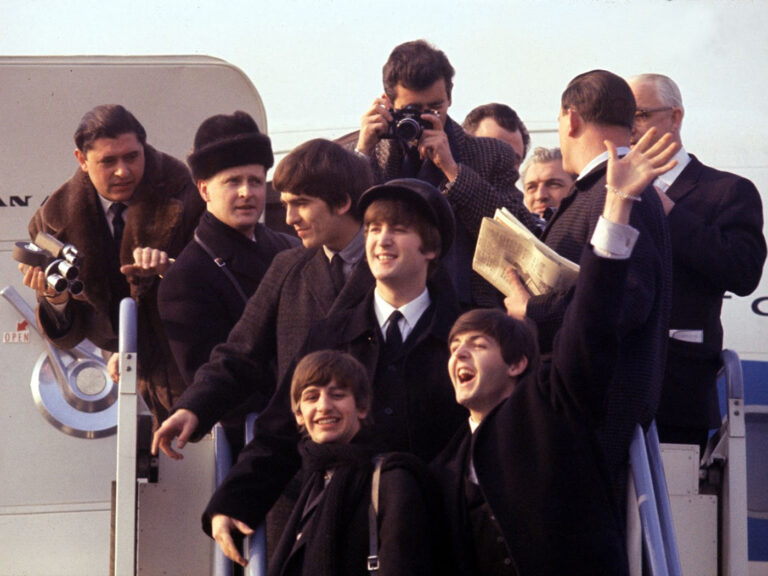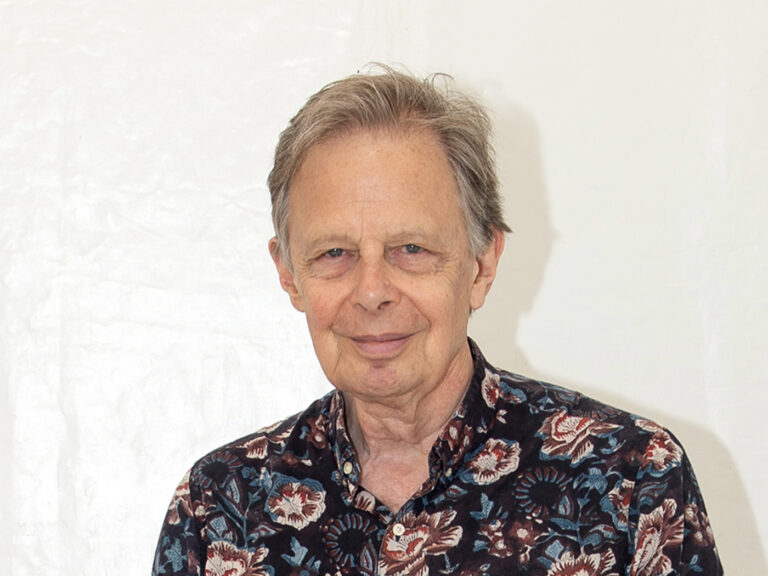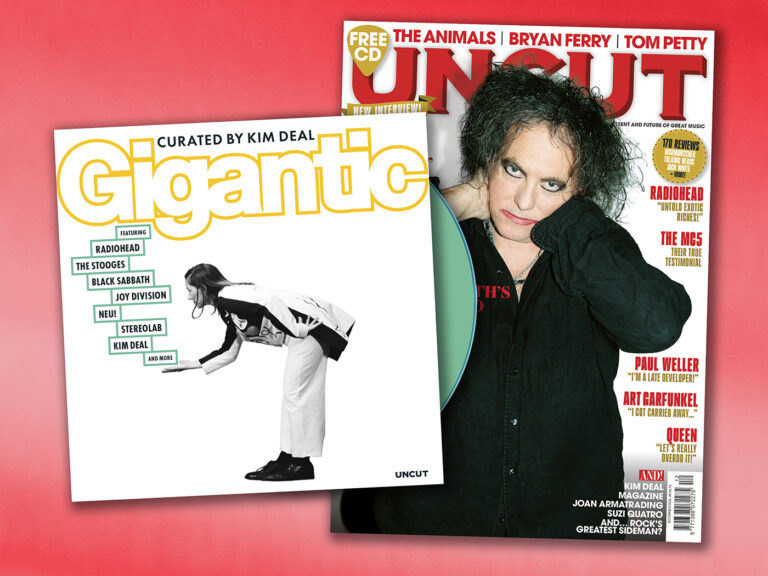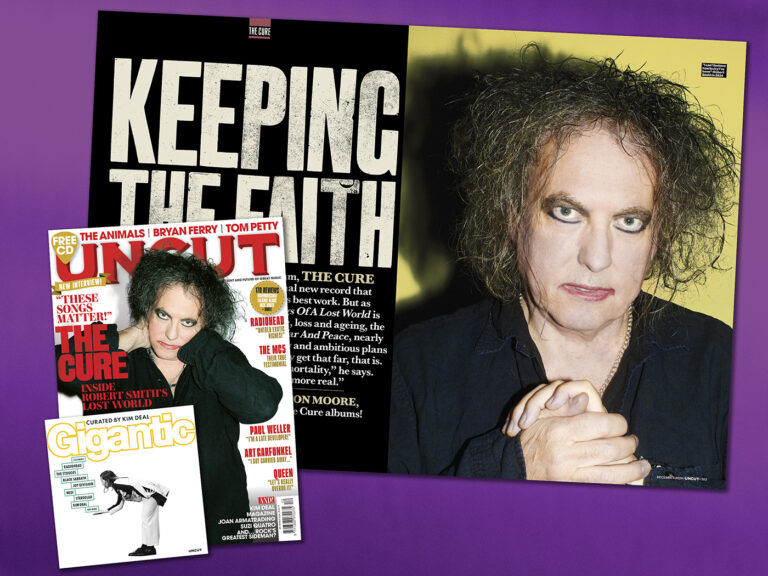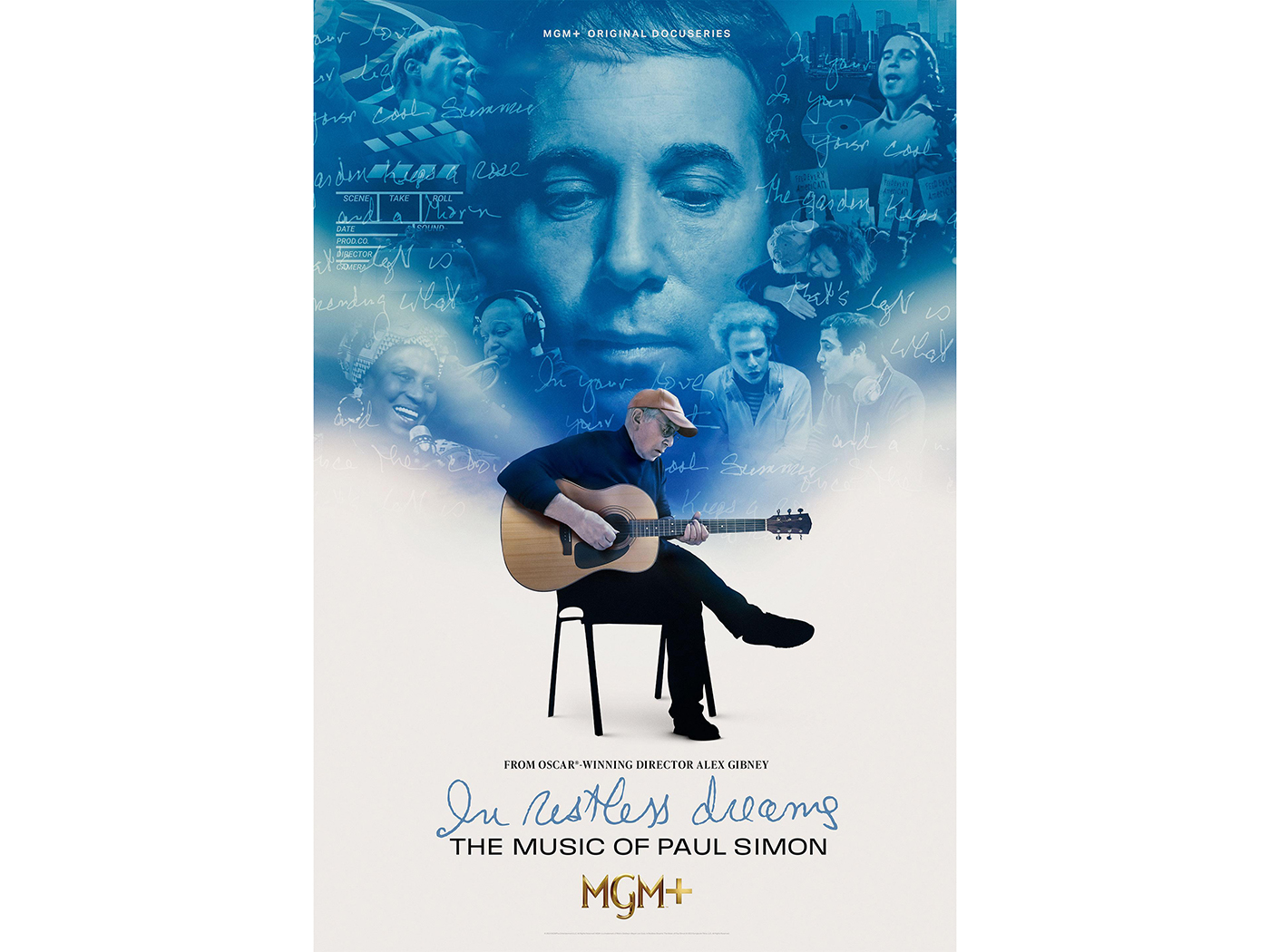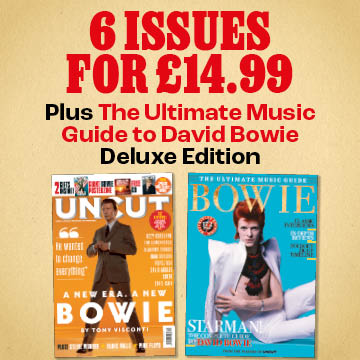As they sit side-by-side in a hotel room in Mayfair, Stevie Van Zandt and Jon Landau are a study in contrasts. These are Bruce Springsteen’s two right-hand men – his Will Scarlett and Little John – and they are dressed for their part. Van Zandt is head-to-toe in puce, with a paisley patterned shirt, silk trousers and red-pointed Chelsea boots, while Landau, Springsteen’s long-time manager, is in a fitted black T-shirt, looking more like the CEO of a tech company on dress-down Friday.
THE CURE, BRYAN FERRY, THE MC5, RADIOHEAD, KIM DEAL, PAUL WELLER AND MORE STAR IN THE NEW UNCUT – ORDER A COPY HERE
But the odd duo make a great double act, as they talk exclusively to Uncut about Road Diary: Bruce Springsteen And The E-Street Band, Thom Zimny’s new Disney+ documentary capturing the Boss and his band on tour through America and Europe in 2023 and 2024. The film shows the band getting back on the road after six years, starting with rehearsal and then travelling through US and Europe as they deliver a set focussed around Springsteen’s 2020 album Letter To You, balancing a theme of mortality with the vitality expected from an E-Street concert.
UNCUT: What can we expect from the new film?
VAN ZANDT: This one’s different. It was really a wonderful time for Thom to capture what was going on. It was six or seven years since we’d played, so there were a lot of questions around that – the audience would have been wondering what we were going to be like. Plus we had the most intense record Bruce has ever written, with the possible exception of The Rising, but even more thematic and literal and linear. These were intense songs to communicate and meant there were a lot of questions for Thom’s film to answer – and he does an absolutely wonderful job of it, while showing some of the mechanics of how a show like this is done.
It’s quite an unusual move, showing the band in rehearsal…
LANDAU: The first 25 minutes is rehearsal, different stages of rehearsal starting at a local theatre and then an arena, leading to the opening night in Tampa. It’s counter-intuitive in some ways because instead of opening with big crowds and noise, it starts with a very subtle slo-mo. It’s very emotional and that sets the tone, because the underlying emotion of the film, and the thing that really distinguishes it from most documentaries, is the story it tells, which is of this tour, of Bruce and the E Street, a subtext of the story of Bruce and Stevie, and it also gives great insight into the history of the band with some unseen footage. It gives insight into those bonds of connection that keep the thing going.
Those bonds go back a long way now, don’t they?
LANDAU: Stevie and Bruce go back 60 years, Gary [Tallent] joined in ’71, Roy [Bittan] and Max [Weinberg] in ’74. I came along in ’74 as well. The guy who runs our tours has been doing it since ’77. We aren’t big on change around here. If you get the job, you have to really work at losing it! That’s how I survived anyway.
How does the film progress?
LANDAU: What you see is four chapters. One is the coming together, which begins with the end of recording Letter To You when we were all set to go on tour until Covid happened.
VAN ZANDT: We did that album right before Covid. We did it around November and December 2019, I cut my own tour short in November and went in to record.
LANDAU: The coming back together after Covid was special. That leads to the Tampa opening night, then you get a capsule of the US tour intercut with an insight into the band. Then you have a third chapter of Europe, which will be a revelation for the fans at home as these are spectacular shows. And then the final chapter is where Bruce has a monologue and really tries to set in context what he’s about and what the band is about, putting that in very rich language with a beautiful montage. And then it ends on a very quiet and emotional note.
How is it different to most music documentaries?
LANDAU: What you usually see in rockumentaries is excitement, and we have plenty of that, some of the best footage we ever had. But then you see scandal, you see rehab, ugly break-ups. Unfortunately we can’t provide that as we are a bunch of grown-ups. But what you do see is the depth of emotion. That emotional element is the signature of the film.
VAN ZANDT: It comes from the most emotional album he’s probably ever written, so that’s a direct relationship but it doesn’t necessarily mean you are going to be able to capture it. It looks inevitable but it’s not, and it takes incredible craft from Thom. Bruce never wrote a record in two weeks in his life until this one, and then we recorded it in four days, so there was an intensity from the very beginning and we had to move that to the stage. My role in the band was to make sure Bruce had the time to do what he needs to do, which is to think about what he wants to say and how he wants to say it.
Was that different to previous E Street tours?
VAN ZANDT: This happens every tour, but it was a little bit more intense on this one. I could tell he was thinking about it, man, through all six days of rehearsals.
Was that really all the rehearsal you did?
LANDAU: They have me on camera at one point asking if we are a little under-rehearsed. And then Bruce says to me he’s going home, and you can see my face – two hours and he wants to go home when we open in four days? I said, ‘Stevie, help!’ We needed to rehearse. Bruce didn’t need it, he had the big picture figured out, he had his own voice in shape. He realised that what he needed to do was let go.
As you say, there’s a lot of emotion in this film – a lot of it is about ageing and mortality…
LANDAU: There are four key songs from the album in the show that are about mortality, inspired by the death of his first bandleader. We also learn in the film about Patti’s health struggle. This was all happening in the wake of the United States losing more than one million people to Covid. Those issues were therefore very resonant for the audience. We didn’t do a show all about mortality, we did a show with these as pillars.
VAN ZANDT: That’s the brilliance of Bruce. He knew he had to balance the most intense music with the most popular ones. That’s the set. We played some of the most popular songs this time, which we don’t always do.
How do you still motivate yourself before a show?
VAN ZANDT: It’s never an issue. From the very first song, even if you are sick as a dog, the music brings you right up. Music is absolutely magical that way, and it’s not just for the audience. We then get energy from the audience, it’s an exchange.
There’s also a strong focus on the fans in this film…
LANDAU: Thom shows this very well. There are big shots of big crowds, which is always very impressive, but lots of bands get big crowds. Thom then goes into the crowd and really focuses on individual faces. There’s a montage sequence starting with “Promised Land” where the focus is on the folks on the front row, and you see their individual emotional experiences. He also speaks to five people from five different countries, shooting them at home and talking about Bruce. It’s that two-way conversation between Bruce and the fans that you see a lot in the film.
What were your favourite shows from the tour?
VAN ZANDT: They were all so good but there’s a bit of a joke in the film. Bruce was talking to Anthony Almonte, the new guy on percussion I brought in from Disciples Of Soul. Anthony goes from playing clubs with me to these stadiums and he says he’s never seen anything like it before. Bruce says, “Wait until Barcelona” and that becomes a running joke: “Wait until Barcelona”. And then we cut to Barcelona. It’s wild.
LANDAU: My favourites were the two shows at Wembley. They were just incredible. Bruce’s relationship with the UK goes back to ’75. He got the Ivor Novello Award this year, which meant a lot to him. He came down the stairs at the end and I spoke with him. I always wait at the end and say, “Hey, great show Boss” – it’s hard to be creative after 50 years – but this time I told him to stand next to me for a minute. I said, “We are standing on sacred ground. This country has been so great to us.” He loved that because it’s the goddamn truth.
Road Diary: Bruce Springsteen And The E-Street Band is streaming on Disney+ from October 25
THE CURE, BRYAN FERRY, THE MC5, RADIOHEAD, KIM DEAL, PAUL WELLER AND MORE STAR IN THE NEW UNCUT – ORDER A COPY HERE


